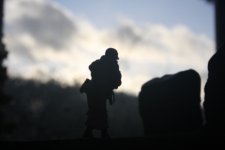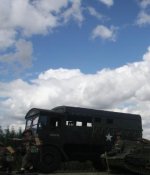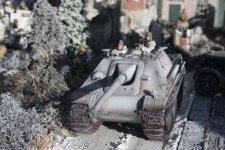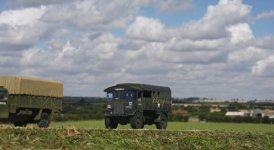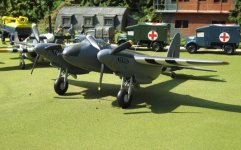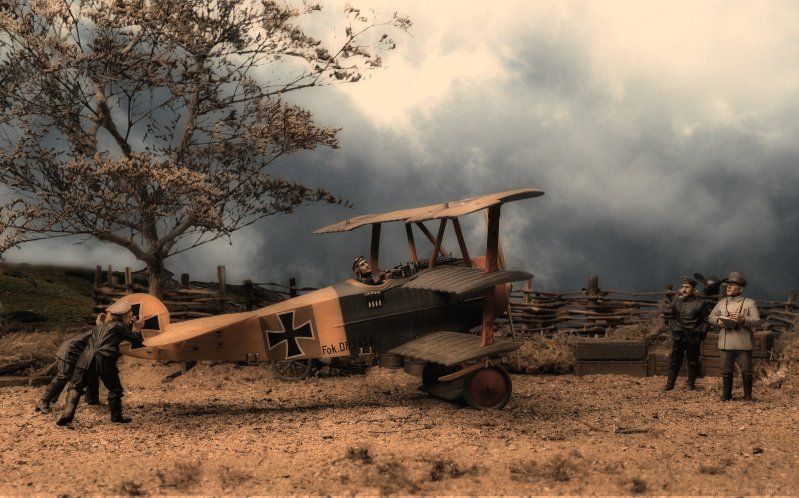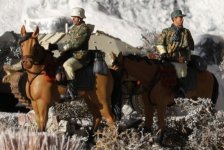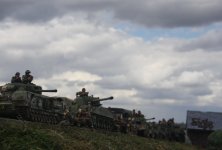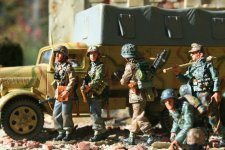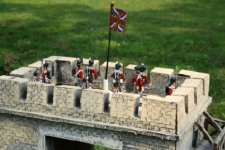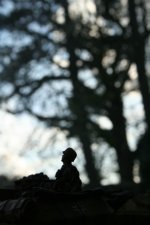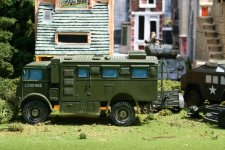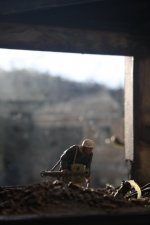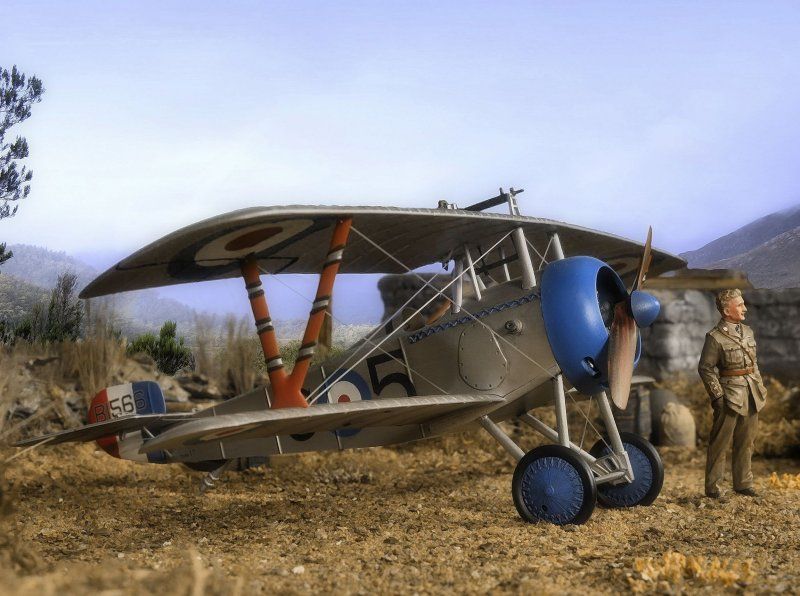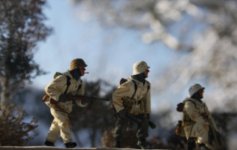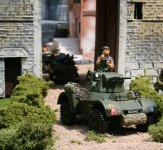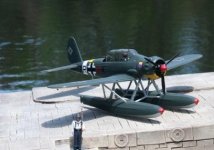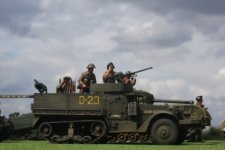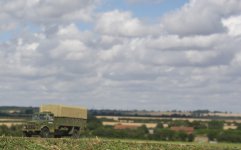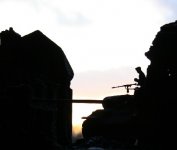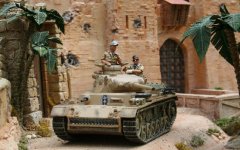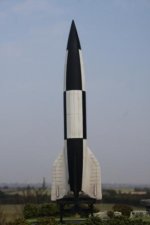There is no right and wrong way too enjoy your toy soldiers. Some collectors like to build permanent dioramas, others like to set up temporary scenes explicitly to photograph them. Due to space constraints and way too many ideas I fall into the latter category. I also enjoy the challenge of assembling the various scenic elements, vehicles and figures into cohesive scenes.
As for backdrops I use a variety of techniques.
I have made extensive use of the layering method alluded to by Alex. I refer to this as the digital or virtual background method. This consists of finding an appropriate backgrond picture and merging it with a foreground picture with photo editing software. The benefit of this method is it is quite easy to find good background pictures on the internet. I have used Google Earth to successfully search for geographically/historically appropriate backgrounds. The downside of this method is it can be time consuming and technically difficult. It is also prohibitively difficult to merge foreground pictures that include fine detail such as foliage with thousands of tiny leaves.
Recently I've made use of large background pictures. I refer to this as the picture background method. The benefit of this method is a much simpler process, take the picture, crop to frame, clean up and tweak details and post. No fancy merging required. The downside of this method is it is difficult to find suitable backgrounds that are sharp enough and have sufficient resolution to be blown up to large size. Most pictures you find on the internet don't meet these requirements and many have the additional problem of compression artifacts which look terrible when enlarged. I have worked around this problem by taking my own background pictures and then cropping and enlarging them to the appropriate size (72" x 24"). I have these pictures printed out and then hang them using poster hangers (see above).
Here are some examples:
Frank


